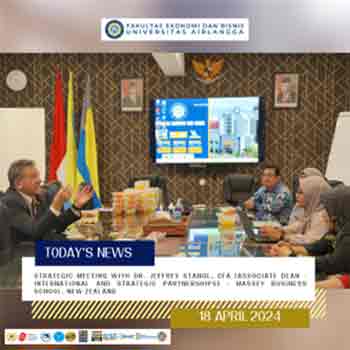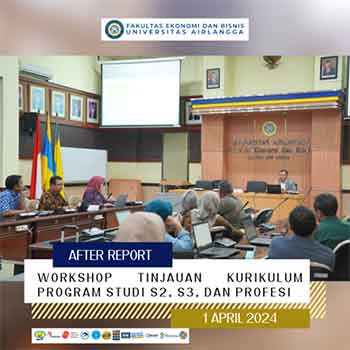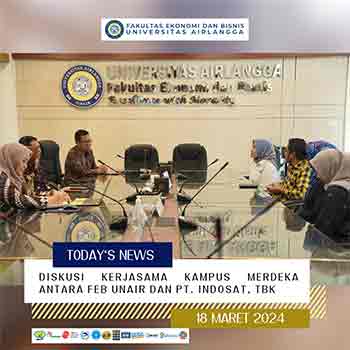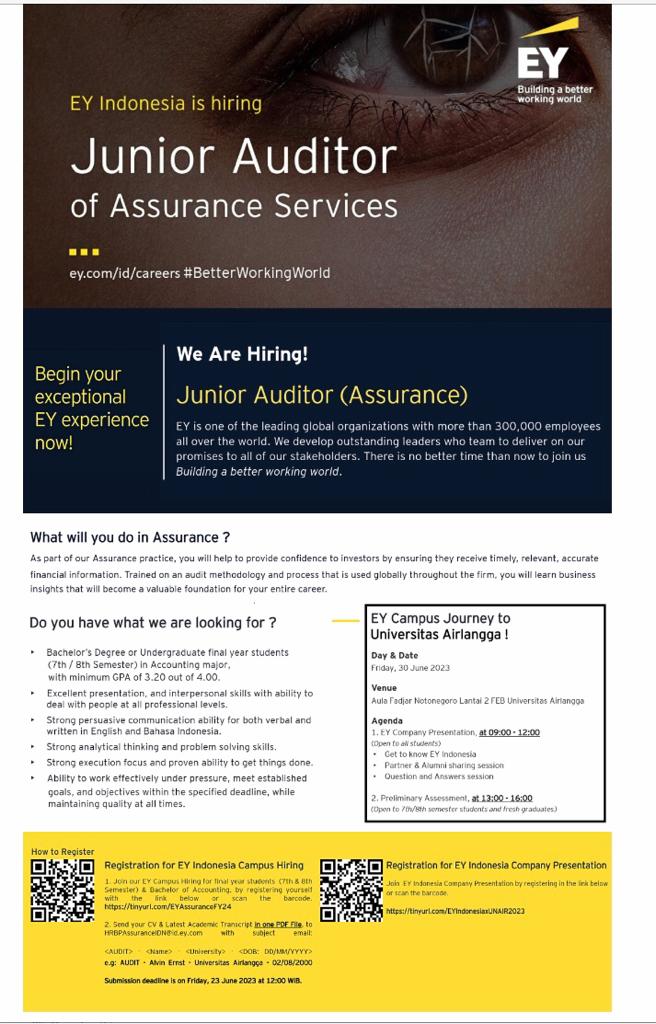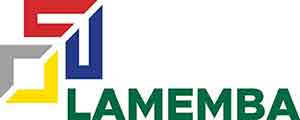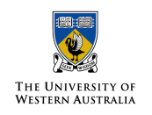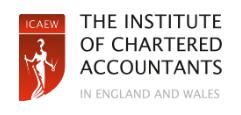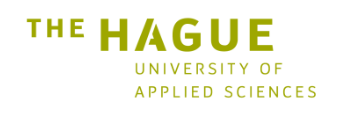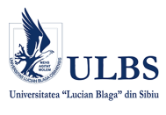STRATEGY ANALYSIS OF Universities: EXTERNAL AND INTERNAL FACTORS AS A BASIS FOR POSITIONING COMPETITIVE ADVANTAGE AND STRATEGY SELECTION
Amount: STRATEGY ANALYSIS OF Universities: EXTERNAL AND INTERNAL FACTORS AS A BASIS FOR POSITIONING COMPETITIVE ADVANTAGE AND STRATEGY SELECTION
Authors: Lis Andriani HR
Item Type: Thesis
Memberships: Master of Management Study Program, Faculty of Economics and Business Universitas Airlangga Surabaya, Indonesia
Publisher: Airlangga University
Abstract
The dynamics of business economic growth and current technological advances will in turn bring every organization and company, with the various products and services it offers, into an increasingly complex and competitive market atmosphere. In this case, each university, especially private universities, must be able to find out the position of its respective competitive advantages, and then select and implement the right business strategy, in accordance with the position of excellence it has. The first thing that must be done by each PTS, before determining its competitive advantage position and choosing its business strategy, is to identify critical factors within the scope of its organization, both internal and external. This identification is the first step to identify existing strengths and opportunities, weaknesses, and potential threats that may arise. Then, by knowing this, each PTS will be able to appropriately take advantage of the advantages and opportunities they have to limit/reduce weaknesses and threats that may occur. The objects of this research are 9 (nine) private universities in the Surabaya Municipality area, which have a Faculty of Economics, Department of Management with accredited B status, based on data from the Regional VII Kopertis Directory, 1999. This study aims to determine the competitive advantage position of each PTS based on its internal and external critical success factors, and determine what strategy is most suitable to be applied based on that position. This study uses qualitative analysis methods, which include SWOT analysis and matrix analysis. SWOT analysis attempts to compare the profile of environmental opportunities and threats (ETOP) with the profile of strategic advantage (SAP) of the organization. Meanwhile, matrix analysis is an analysis consisting of 3 (three) stages, namely the introduction stage (using IFE and EFE matrices), alternative development stage (IE matrix and SWOT matrix), and the decision stage (using QSPM). The results showed that; First, Unika Widya Mandala, UK Petra, and Ubaya are in a very favorable position, which is located in quadrant 1 of the IE matrix, while the other six private universities are in quadrant 2, which means they have a quite favorable position.
Keywords: EDUCATION, HIGHER; STRATEGIC PLANNING
sources: http://repository.unair.ac.id/34804/






